Radiant Section
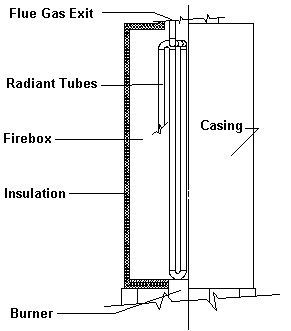 |
Cylindrical Radiant SectionThe radiant section in a vertical tube, cylindrical fired heater contains tubes in a vertical position. The tubes may be along the refractory wall, as in a circular pattern, or they may be exposed to the radiating flame from both sides, as in a cross or octagonal pattern. |
| Circular Tube Pattern: | Cross Tube Pattern: | Octagonal Tube Pattern: |
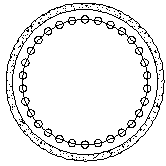 |
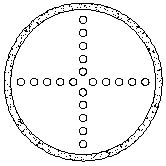 |
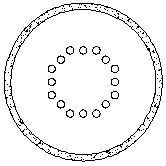 |
Vertical Tube Box Radiant Section
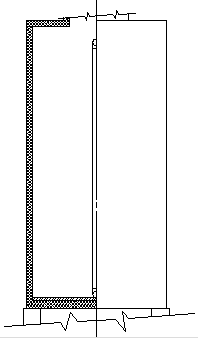 |
Single And Multiple Cell Radiant SectionThe radiant section in a vertical tube, box type fired heater contains tubes in a vertical position. The tubes may be along the refractory wall, or they may be located along the centerline of the box receiving radiant heat on both sides, or they may be located in both positions. |
| Single Sided Firing Only: | Double Sided Firing only: | Mixed Firing: |
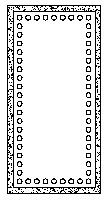 |
 |
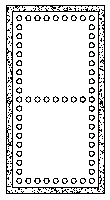 |
Other Tube Coil Designs
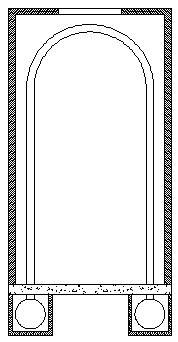 |
Hoop(or Hairpin) Coil Radiant SectionThe radiant section has vertical tube coils in a hoop or hairpin design. The tubes may be as shown with the headers at the bottom, or they may be reversed with the headers at the top. The more common design is as shown with the burners down the centerline of the box, firing vertically. This design is used where the pressure drop must be very low since the path through each tube provides a design with many passes. |
Disclaimer:
The formulas and correlations presented herein are all in the public domain and are to be used only as a learning tool. Note that any product, process, or technology in this document may be the subject of other intellectual property rights reserved by sponsors or contributors to this site. This publication is provided as is, without any warranty of any kind, either expressed or implied, including, but not limited to, the implied warranties of fitness for a particular purpose, or non-infringement.
The formulas, correlations, and methods presented herein should not be considered as being recommended by or used by the sponsors of this site. The purpose of this site is educational and the methods may or may not be suitable for actual design of equipment. Only a fired heater design engineer is qualified to decide if a calculation or procedure is correct for an application.